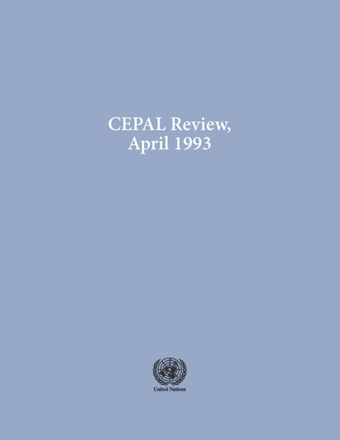-
Growth, crises and strategic turnarounds
- Source: CEPAL Review, Volume 1993, Issue 50, Aug 1993, p. 63 - 79
- Spanish
-
- 09 Aug 1993
Abstract
The import-substitution strategy was entirely justified in the 1930s and continued to make sense until the late 1950s, so long as export opportunities were being dampened by the Great Depression, the Second World War and the reconstruction of Europe. From the 1960s on, however, it afforded diminishing returns as international trade burgeoned. During the 1980s, the macroeconomic instability caused by the debt crisis compounded the problems associated with this development strategy, which had begun to become apparent in the 1970s.
© United Nations





